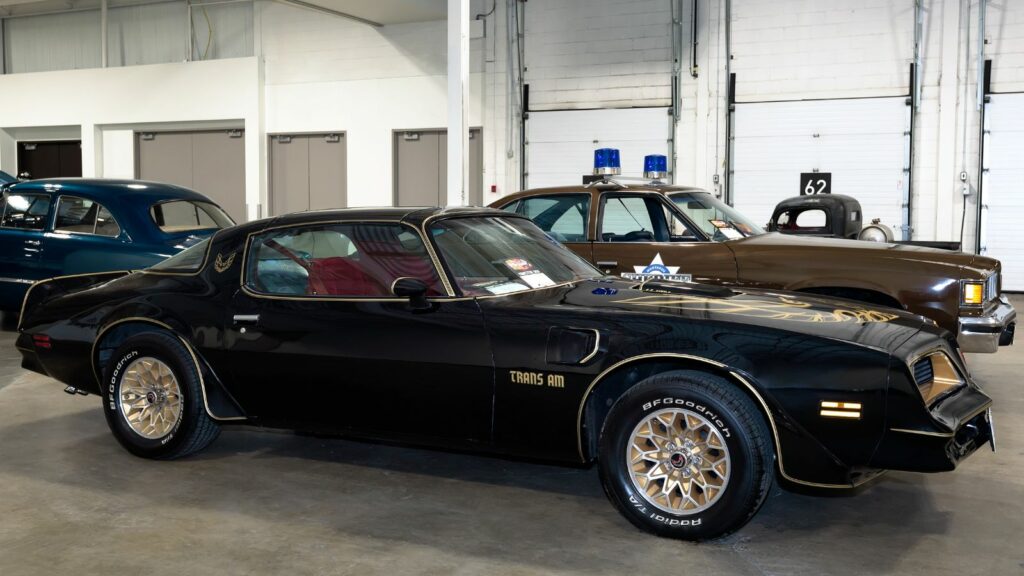When most people think of muscle cars, the icons roll off the tongue easily—Camaro, Mustang, Challenger, GTO, Chevelle SS. These machines defined an era and dominate the nostalgia market today. But lurking in the shadows of the big names were some seriously underrated muscle cars that either launched at the wrong time, got overshadowed by siblings, or were simply misunderstood. These forgotten bruisers had the performance, the presence, and in some cases, the racing pedigree, but history never gave them their proper due. Let’s shine a spotlight on the overlooked side of muscle car culture.
AMC AMX (1968–1970)
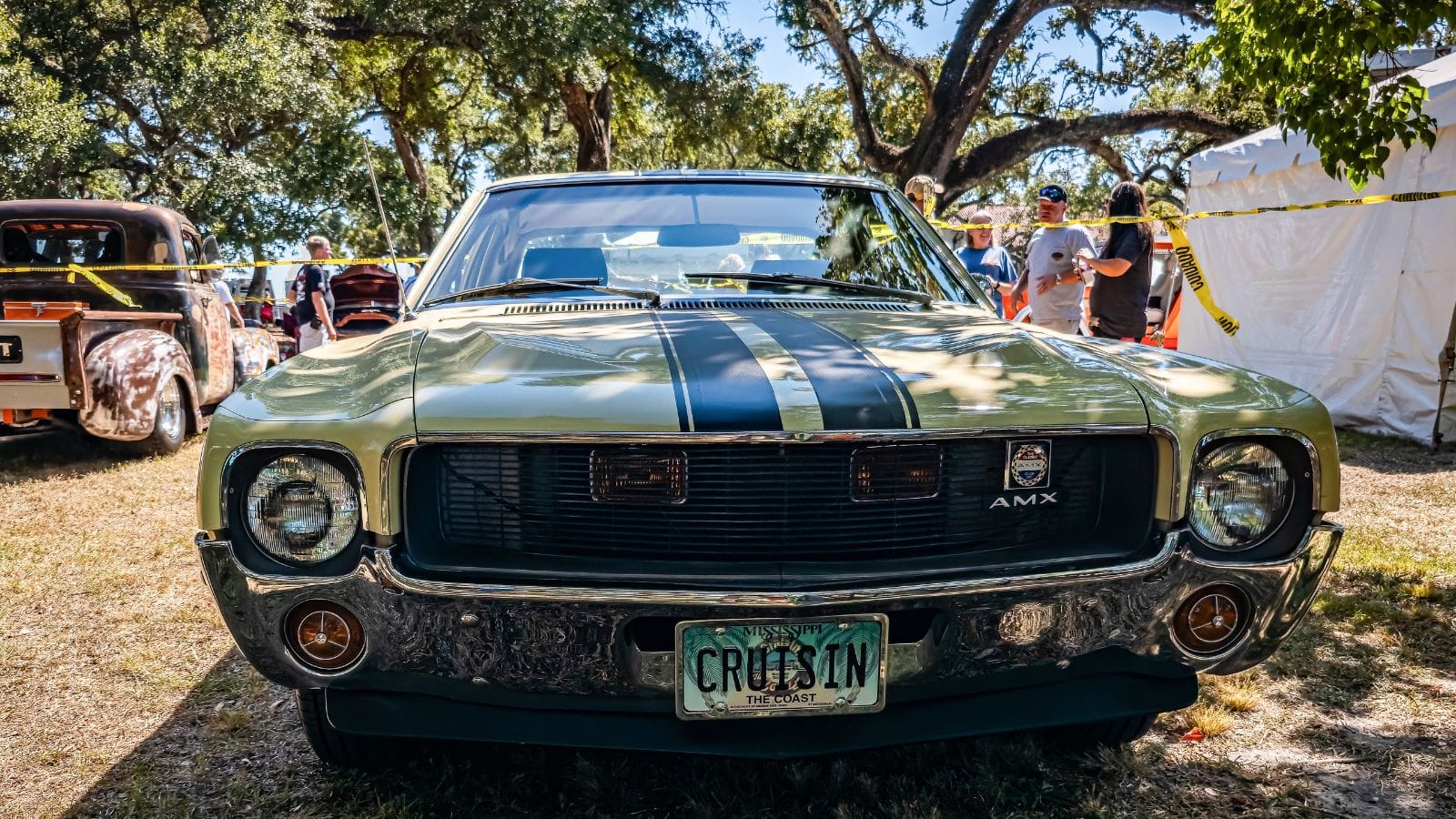
The AMX was American Motors’ attempt to step into the muscle car arena, and it did so with some flair. A short wheelbase, two-seater setup, and the option of a 390 V8 gave it performance numbers that could hang with the best. The trouble was AMC lacked the marketing muscle of Detroit’s Big Three, and buyers didn’t know what to make of this quirky car. Today, it’s a cult favorite, but back then, it was dismissed as an outsider when it deserved to be on the same posters as Mustangs and Camaros.
Mercury Cougar Eliminator (1969–1970)
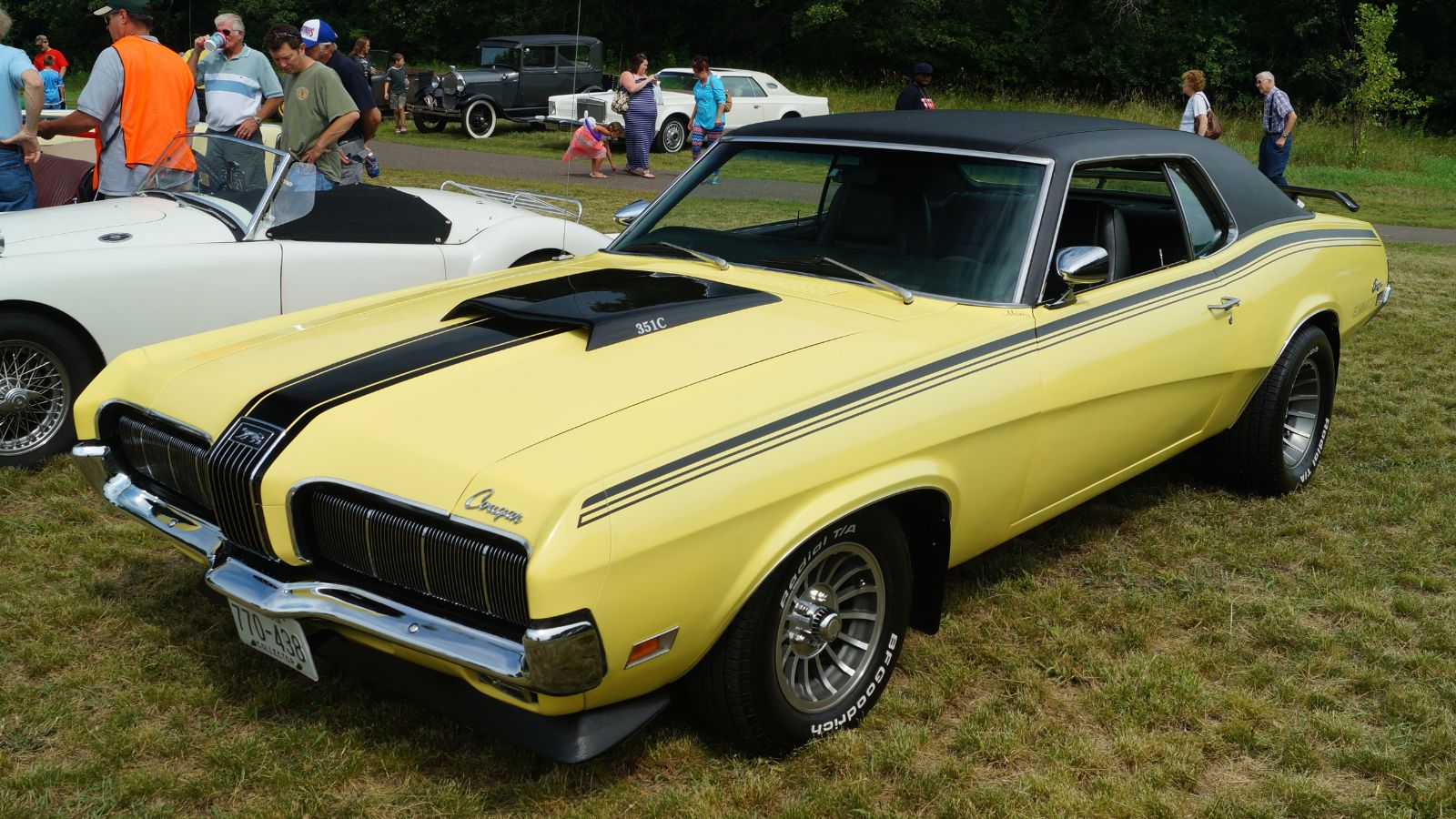
The Mustang’s big brother, the Cougar, was meant to be a luxury pony car, but in Eliminator trim, it packed real firepower. You could spec it with the 428 Cobra Jet and get a car that not only looked sleek but could run with the muscle heavyweights. The problem was its image. Mercury’s marketing leaned more toward comfort and refinement, which made hardcore muscle fans skip right past it. If you drove one, though, you knew it had the goods.
Pontiac Ventura (1971–1977)
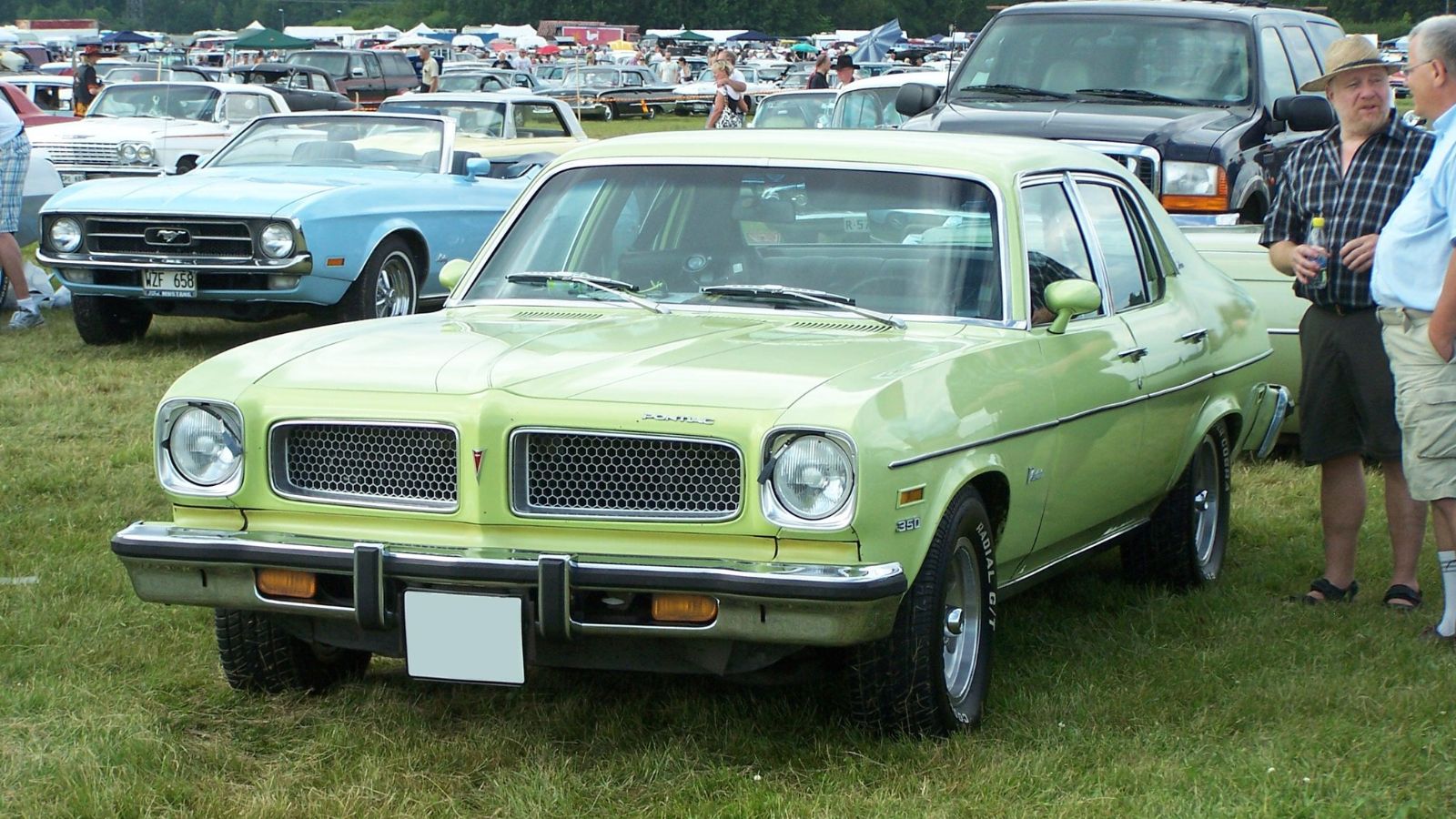
Pontiac’s Ventura was essentially a badge-engineered Chevy Nova, but Pontiac sprinkled in its muscle magic with a GTO-inspired formula. Light, compact, and with available V8s, it was a sleeper waiting to surprise. Unfortunately, because the GTO stole all the spotlight, the Ventura was largely ignored, both then and now. It’s the kind of car you’d see parked at the high school lot with chrome mags and think, “That’s cooler than people give it credit for.”
Dodge Charger 500 (1969)
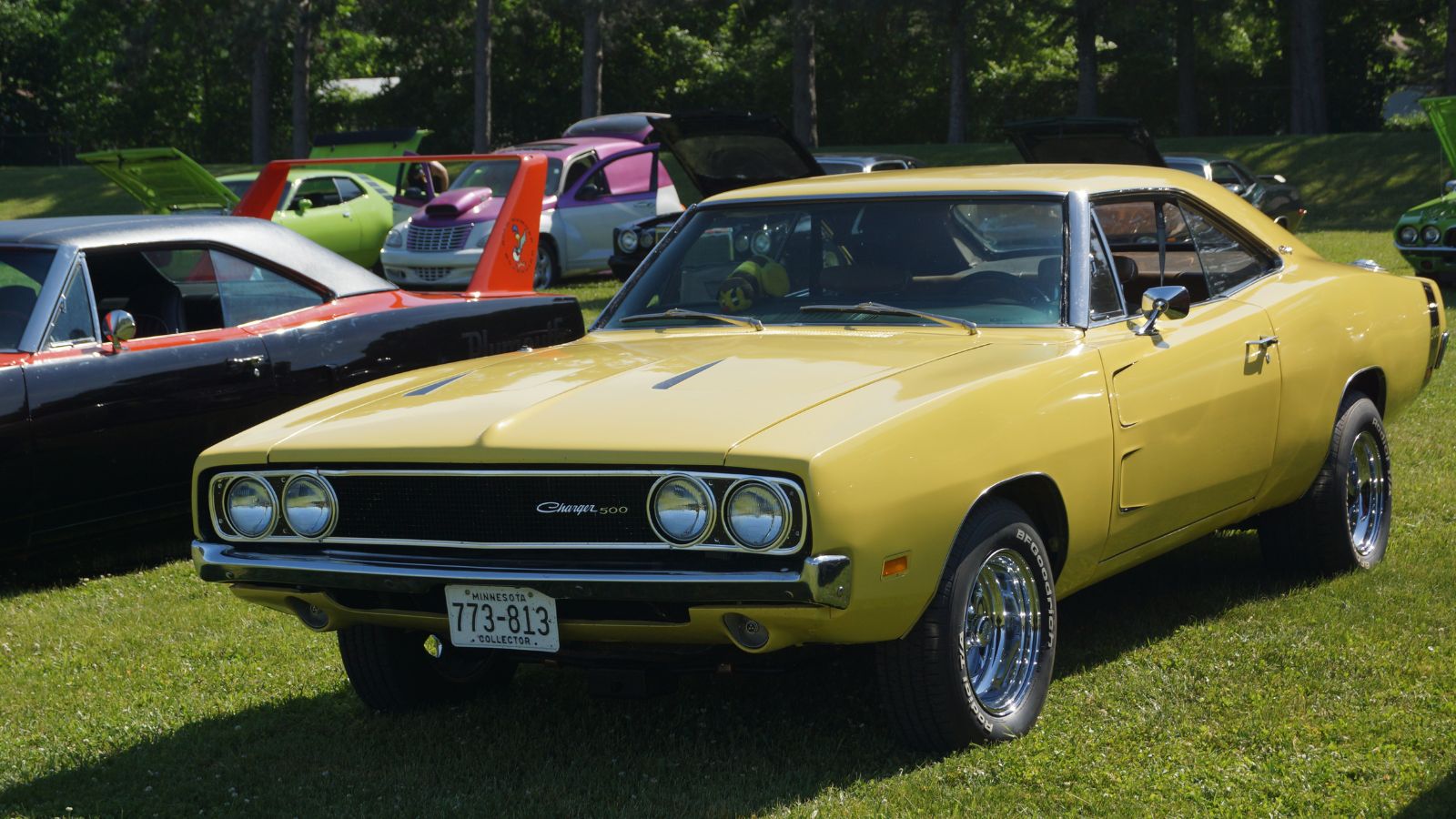
Before Dodge unleashed the outrageous Daytona, they experimented with the Charger 500, smoothing out the nose and rear window to make it faster on the NASCAR track. It was an important step in the aerodynamics war of the late 60s, but it got completely overshadowed by the Daytona and Plymouth Superbird. Collectors now chase them, but at the time, the 500 felt like an awkward in-between model. It deserved more respect for being the testbed that helped create two of the most famous winged warriors ever.
Ford Torino GT (1968–1971)
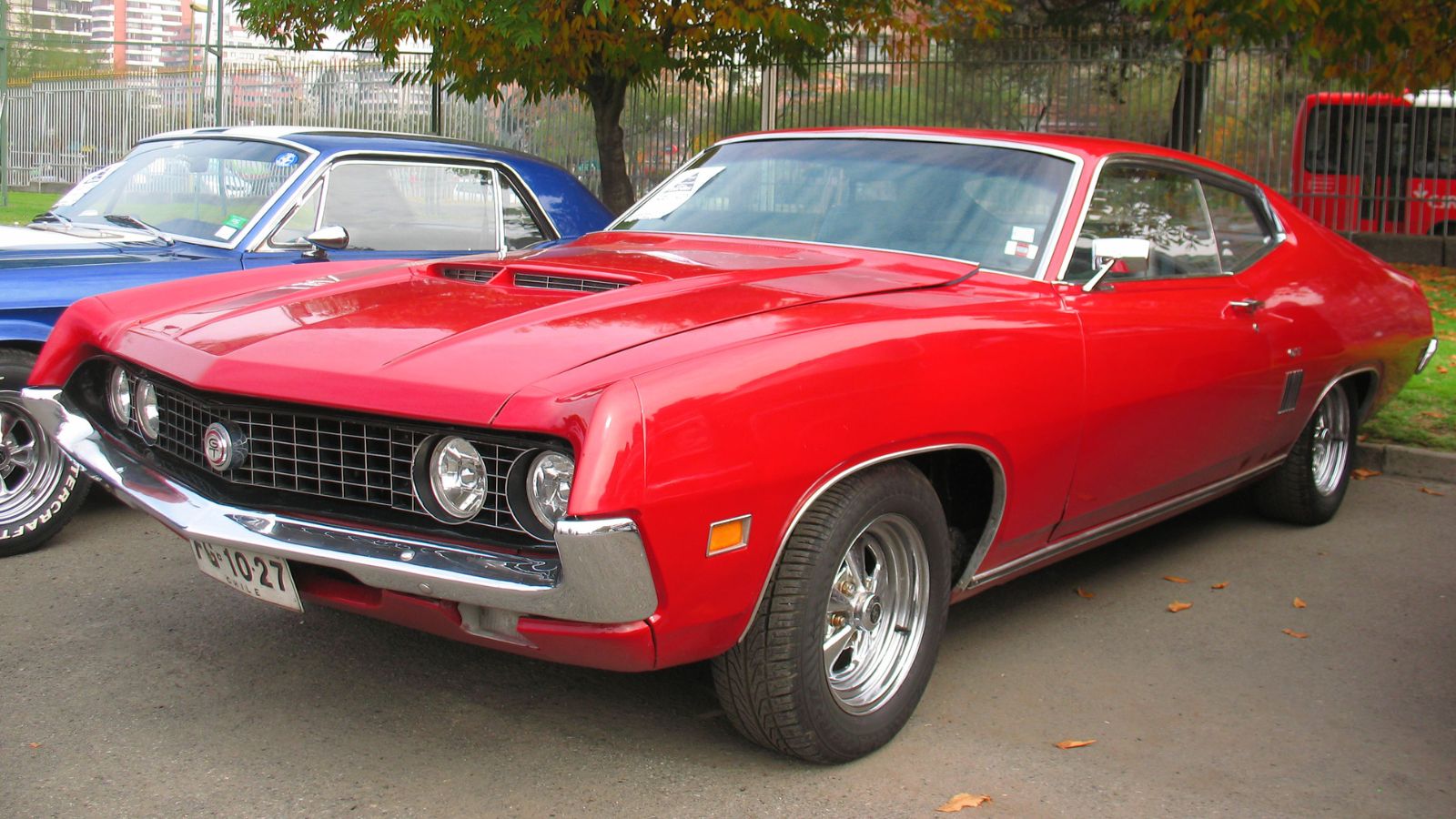
The Torino GT was Ford’s stylish, powerful alternative to the Mustang, offering big-block power like the 429 Cobra Jet and even making a name for itself in NASCAR. On paper, it had everything a muscle car needed, but it never hit the cultural sweet spot. Maybe it was because it lacked the Mustang’s youth appeal or the Chevelle’s raw charisma, but the Torino remains one of the most underrated muscle cars of its time.
Chevrolet Laguna S-3 (1974–1976)
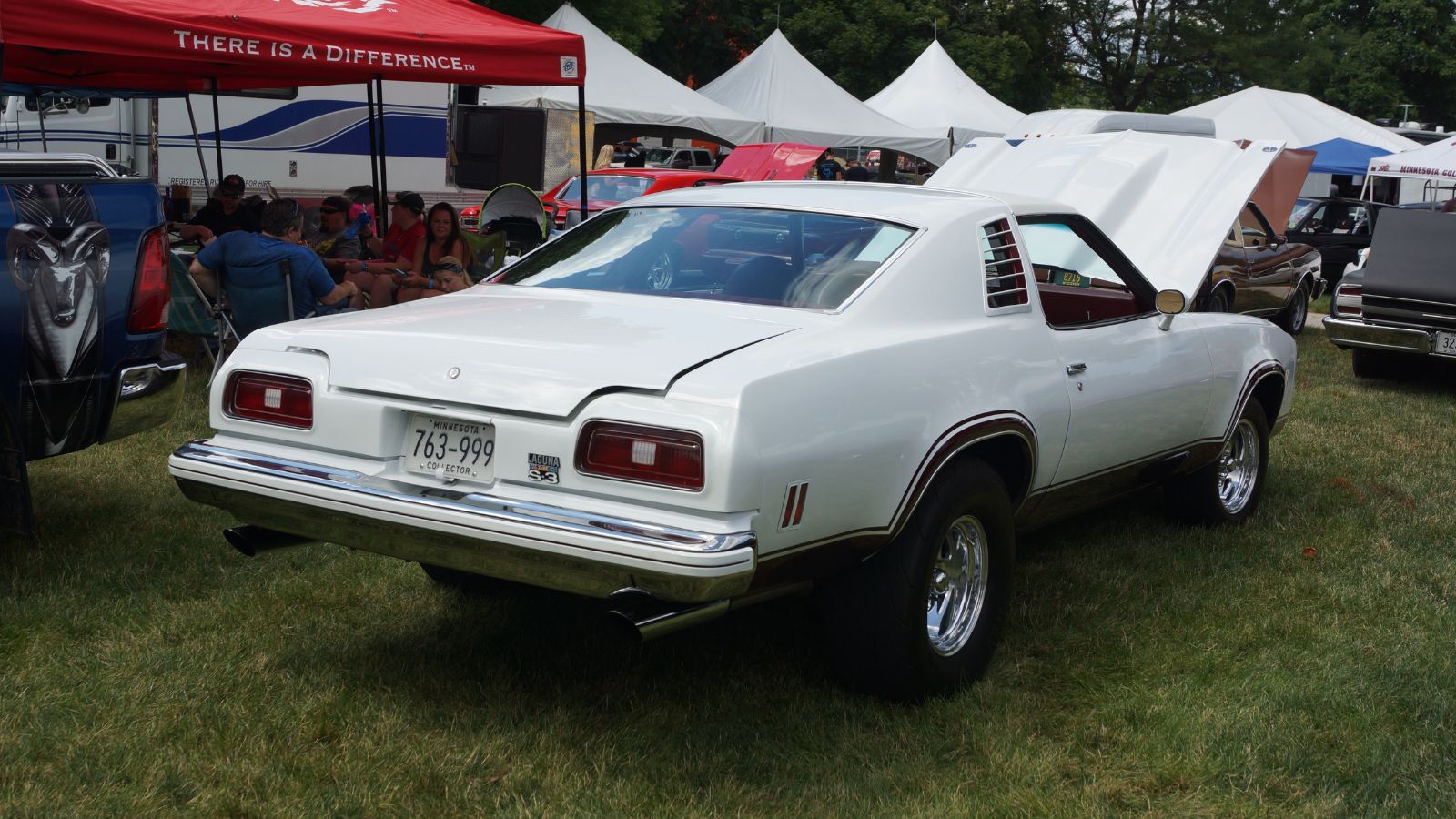
The Laguna S-3 arrived during the muscle car’s darkest days, when emissions rules and high insurance rates were choking horsepower. Buyers didn’t see it as a serious performance car, but NASCAR drivers did. Its aerodynamic body gave it a real edge on the track, and it won races while other muscle cars struggled. For regular drivers, though, it looked like a funky Malibu with a sloped nose. It was dismissed in its day, but it was far more important than people gave it credit for.
Plymouth Road Runner 383 (1968–1971)
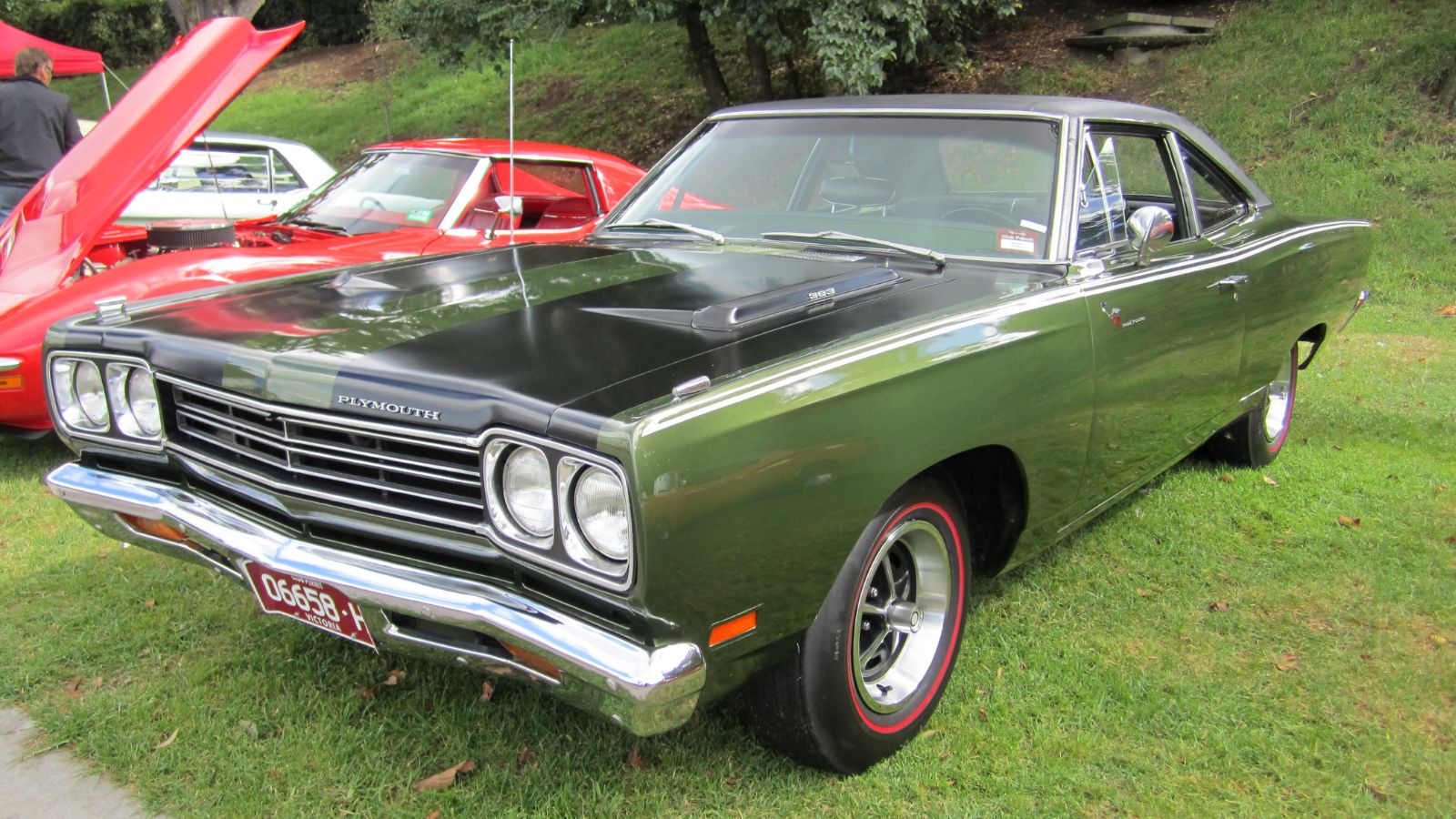
The Hemi Road Runner gets all the glory, but the bread-and-butter 383 version was the real hero for everyday enthusiasts. Affordable, reliable, and still plenty fast, the 383 Road Runner gave blue-collar buyers a ticket to the muscle car club. It didn’t dominate the drag strip like its big brothers, but it delivered the fun without emptying wallets. That balance of speed and value made it one of the most underappreciated choices of the era.
Buick GSX (1970–1972)
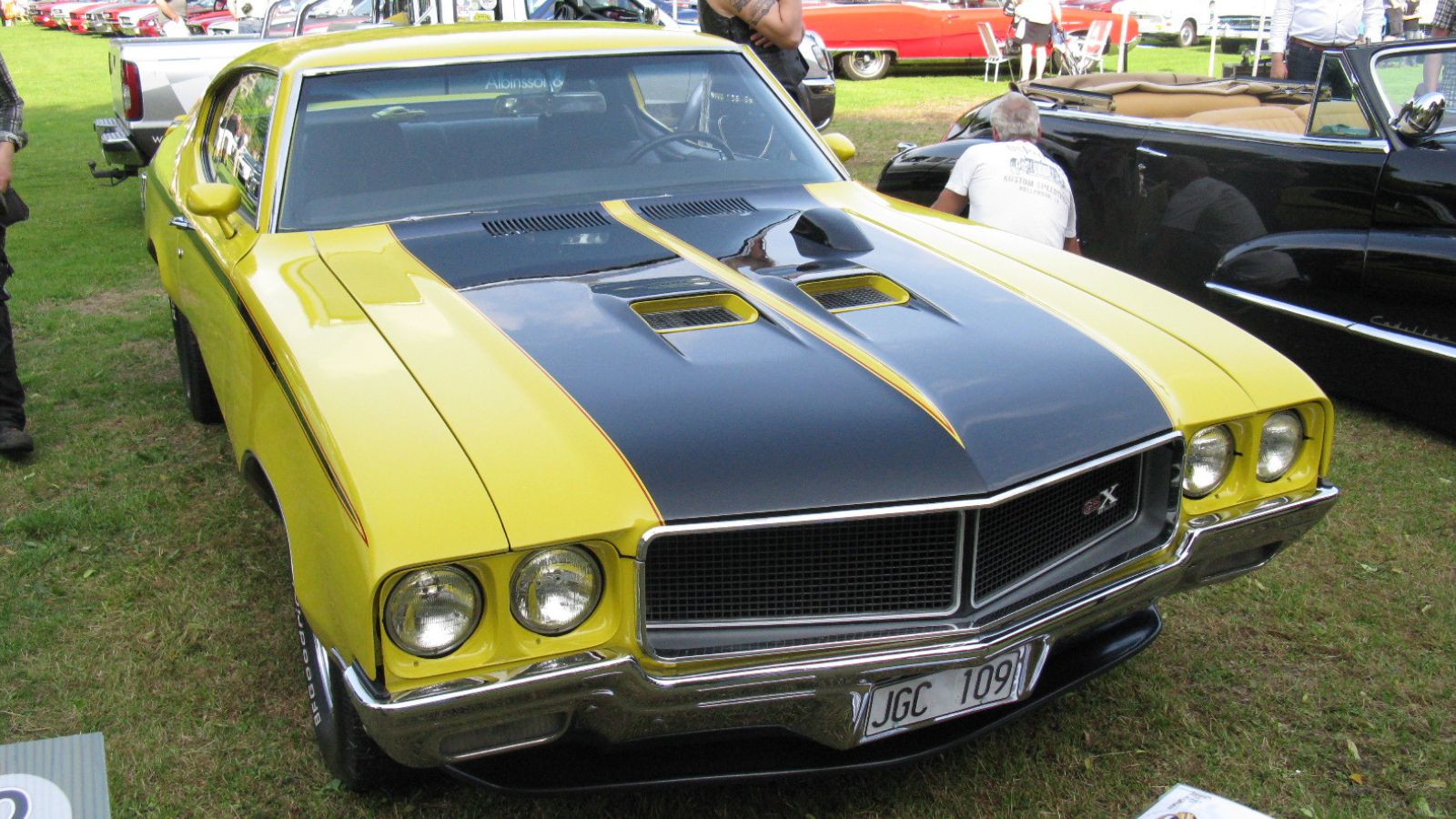
If torque were a weapon, the Buick GSX would have been a nuclear option. With its 455 Stage 1 engine cranking out mountains of low-end grunt, the GSX could out-muscle almost anything. The problem was Buick’s reputation. People saw it as a doctor’s or lawyer’s car brand, not a muscle machine. The GSX was a wolf in luxury clothing, and while collectors respect it now, it never got its fair share of fame alongside the Chevelle SS or Charger R/T.
Oldsmobile 442 W-30 (1968–1971)

The Olds 442 had muscle credibility baked in, especially with the W-30 package that added hotter cams, functional air scoops, and free-flowing headers. It was one of the best-balanced muscle cars, offering both speed and civility. But when people rattle off the greats, it too often gets left off the list. Oldsmobile’s image as a “middle-of-the-road” brand worked against it, but the W-30 was as serious as any GTO or Super Sport.
Chrysler 300 Hurst (1970)
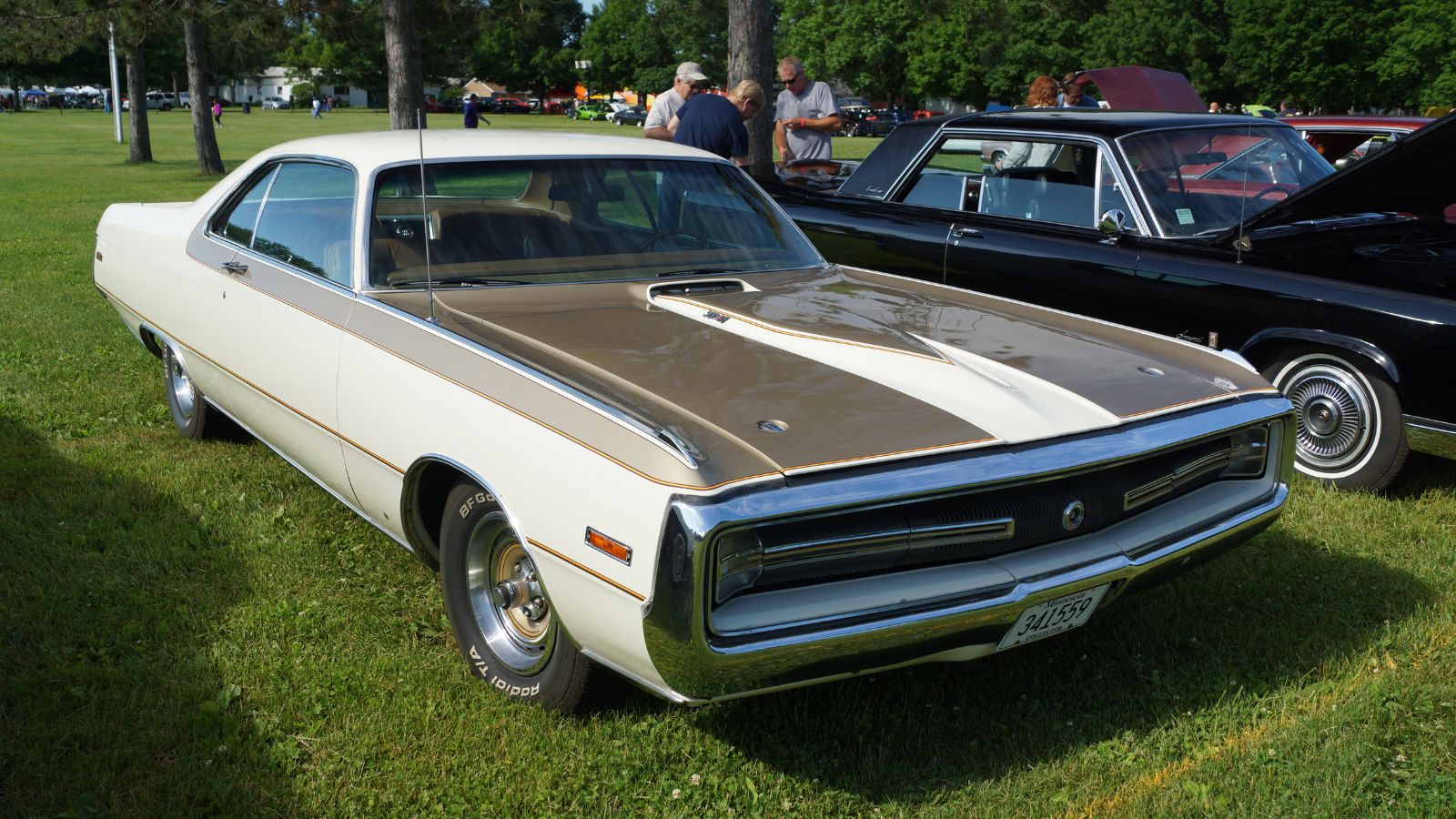
Chrysler and Hurst teamed up to make something special, and the 300 Hurst was the result. It had a massive 440 under the hood, a bold fiberglass hood with scoops, and a white-and-gold paint job that made it look the part. The problem? It was heavy, expensive, and aimed at a buyer who didn’t know if they wanted luxury or muscle. Only a few were made, and while it’s a collectible oddball now, it should have been celebrated as Chrysler’s daring muscle experiment.
AMC Rebel Machine (1970)
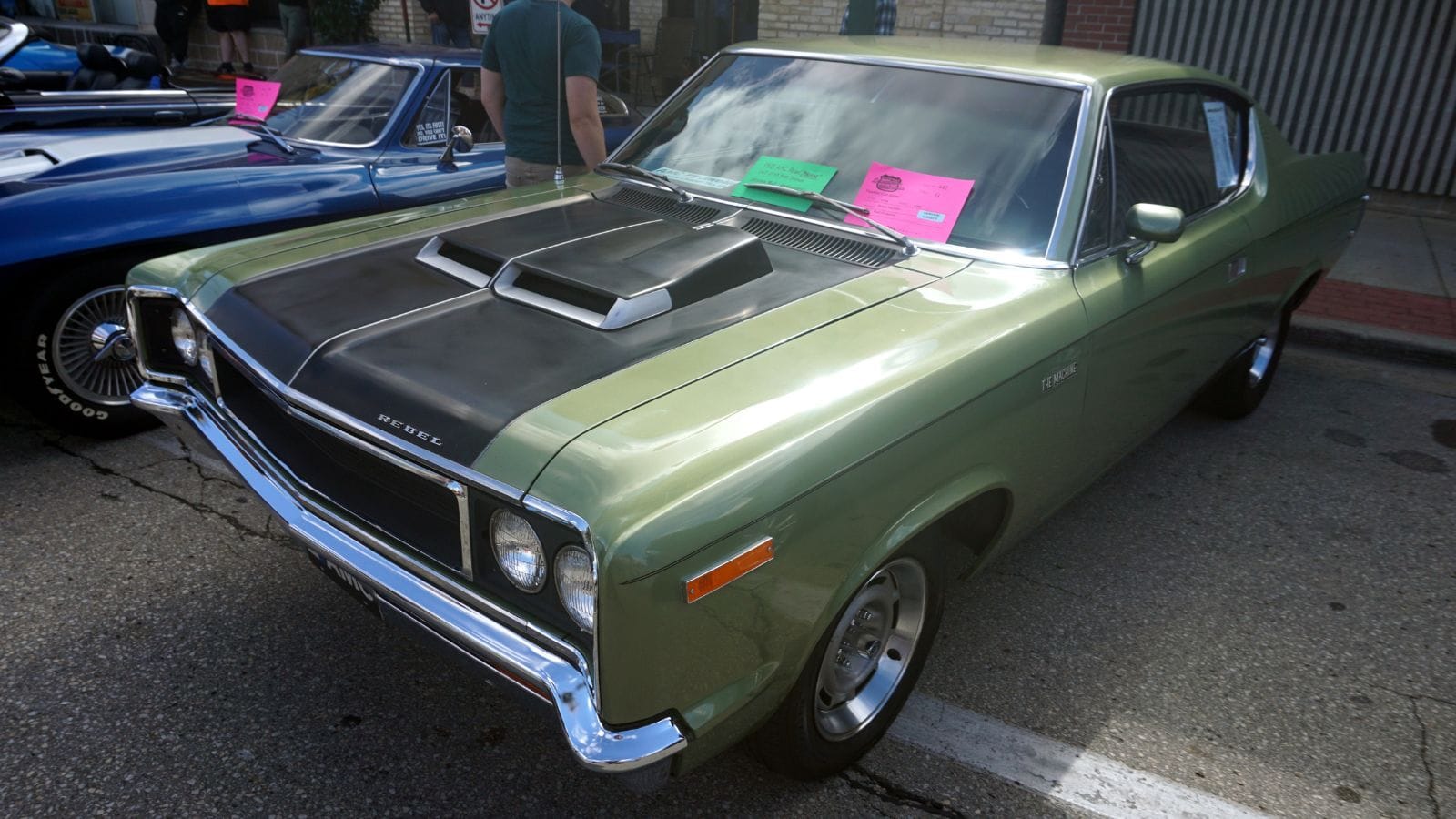
AMC doubled down on muscle with the Rebel Machine, complete with wild red, white, and blue paint and a 390 V8. It was loud, patriotic, and legitimately fast, but again, AMC’s underdog status doomed it to the sidelines. Buyers loyal to the Big Three ignored it, and by the time people realized its charm, the muscle era was winding down. Today, it’s one of the coolest conversation starters at any show.
Pontiac Can Am (1977)
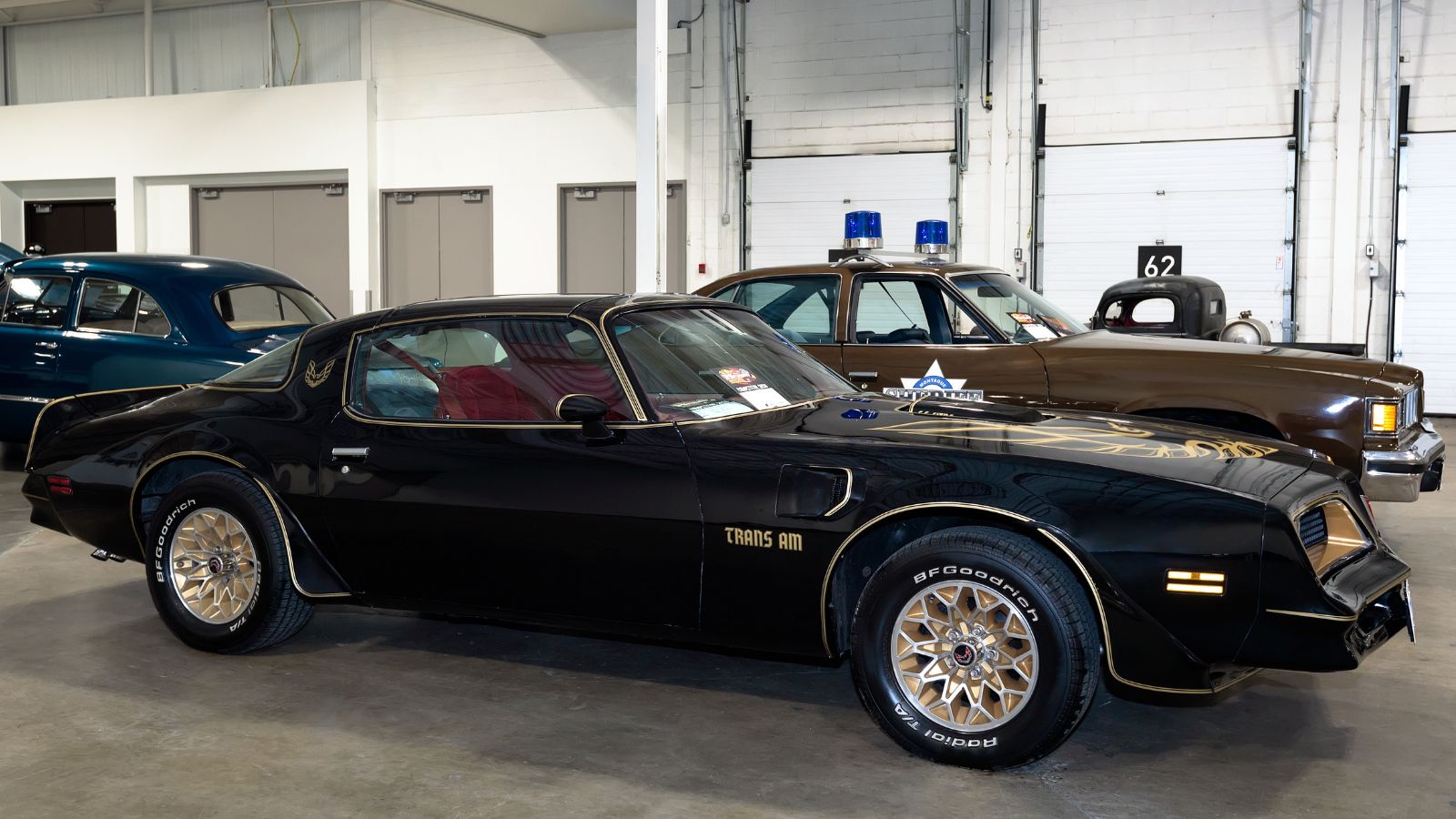
The Can Am was Pontiac’s attempt to bring some life back into the late 70s performance market. Based on the LeMans and powered by the 400 V8, it had performance styling touches and real muscle under the hood. Unfortunately, poor production planning and parts shortages killed it almost immediately. It had the potential to carry Pontiac’s muscle torch into the next decade, but instead, it fizzled out after just one year.
Ford Maverick Grabber (1970–1977)
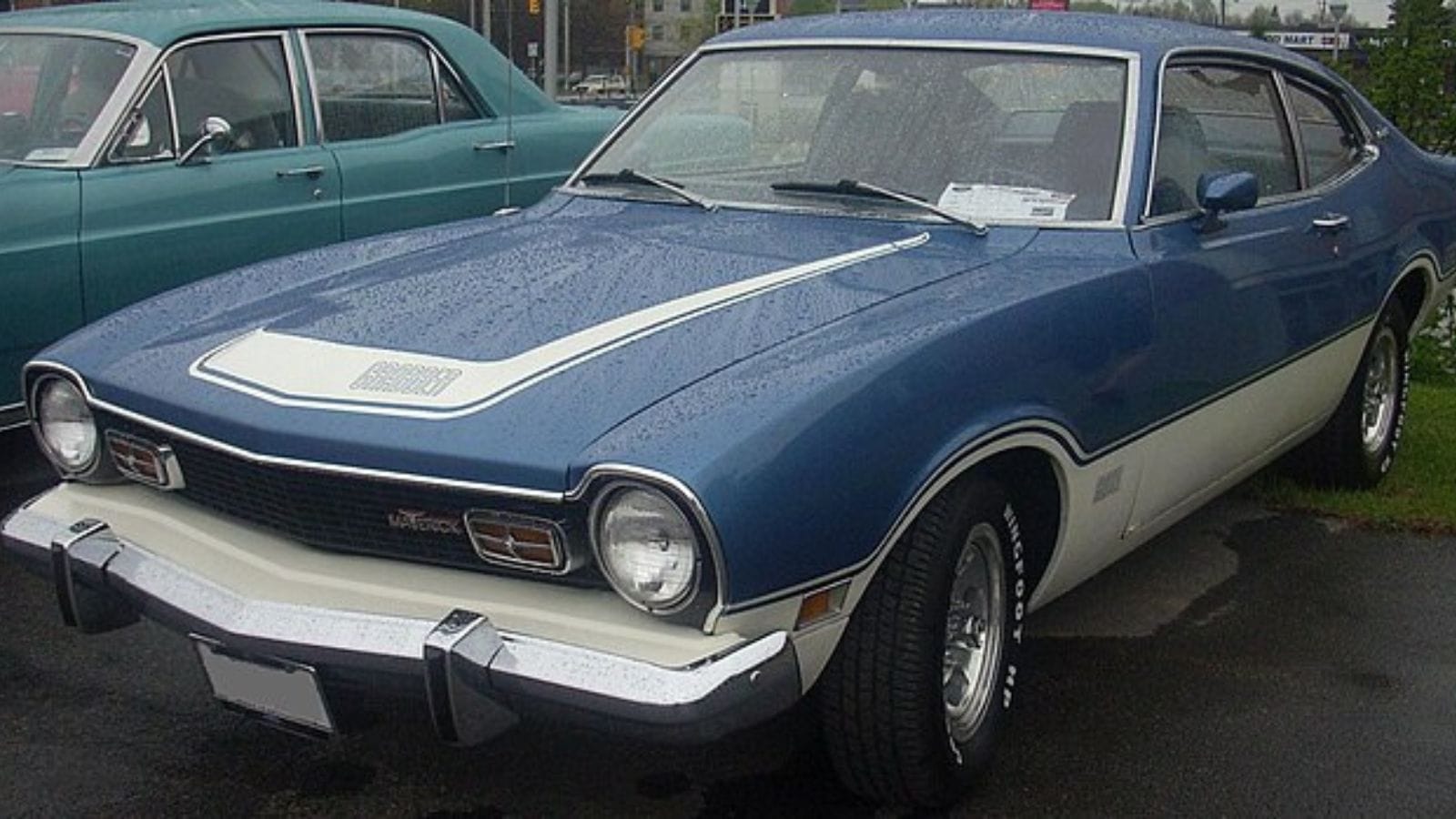
The Maverick was meant to be a cheap compact, but in Grabber trim, it looked sporty and could be fitted with a V8. It had the bones to be Ford’s quirky muscle car alternative, but it never caught on the way the Mustang or Torino did. Enthusiasts tend to dismiss it as a bargain-basement model, but the Grabber version could surprise you with both its looks and performance.
25 Facts About Car Loans That Most Drivers Don’t Realize

Car loans are one of the most common ways people fund car purchases. Like any other kind of loan, car loans can have certain features that can be regarded as an advantage or a disadvantage to the borrower. Understanding all essential facts about car loans and how they work to ensure that you get the best deal for your financial situation is essential. Here are 25 shocking facts about car loans that most drivers don’t realize:
25 Facts About Car Loans That Most Drivers Don’t Realize
